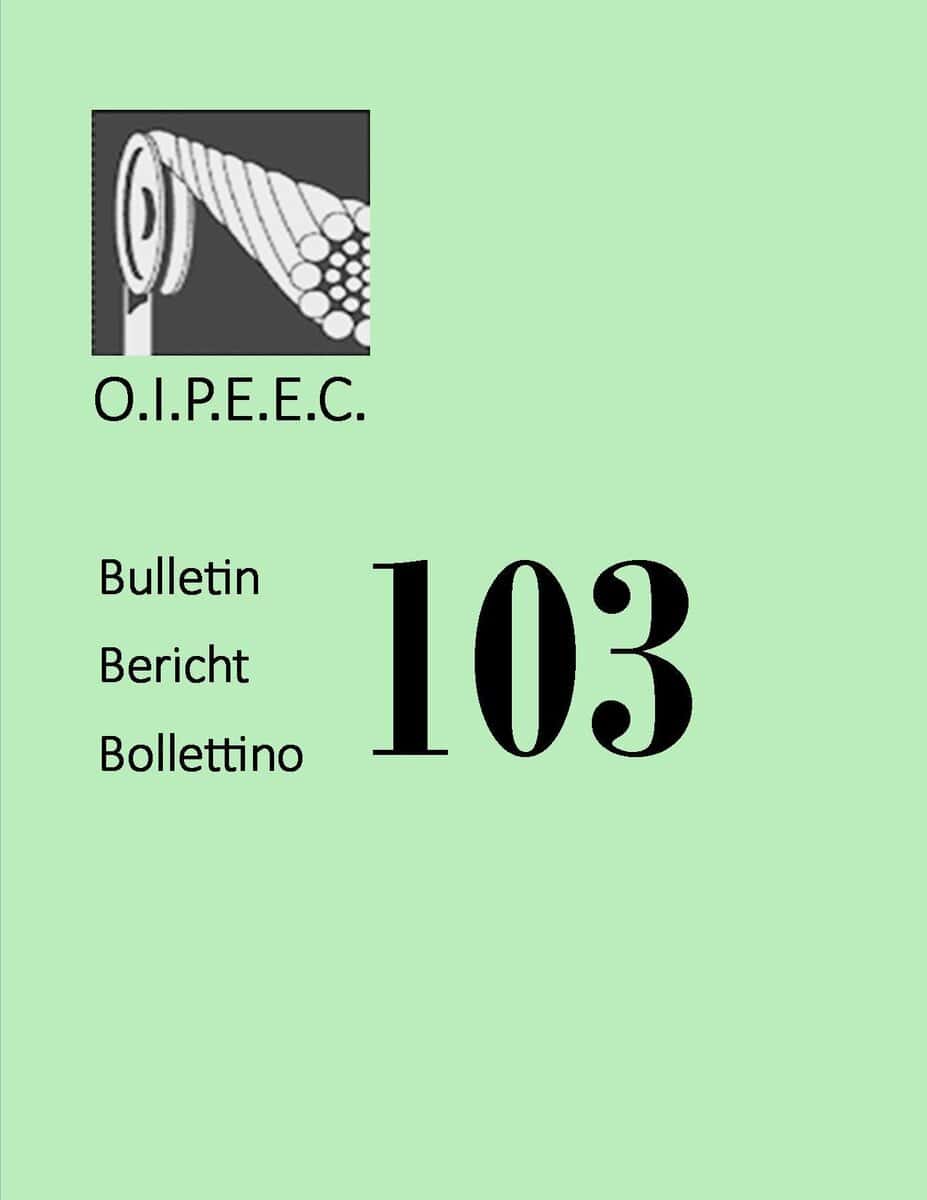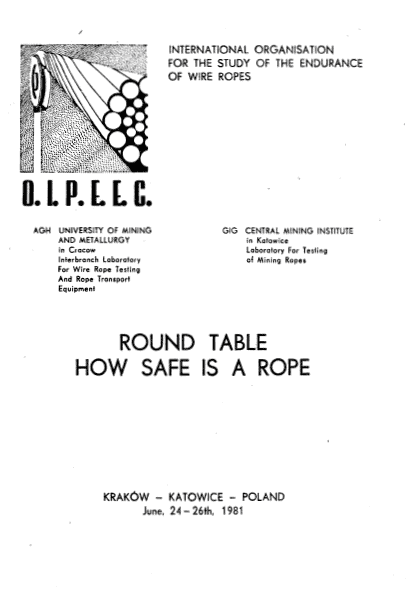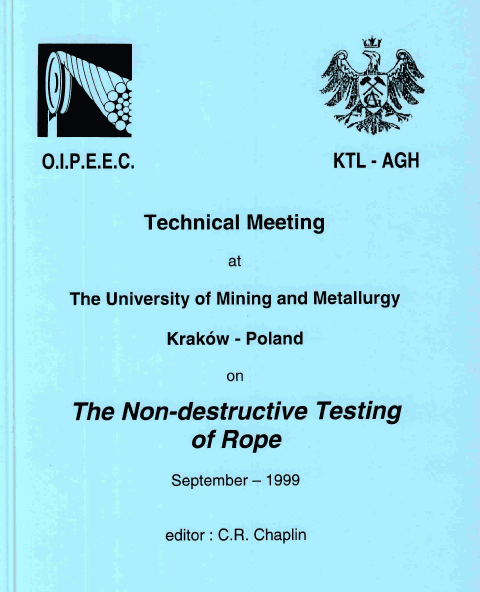COMPARISON OF NYLON AND POLYESTER MOORING TAILS
€0.00
Summary
The recent Oil Company International Marine Forum (OCIMF) MEG4 revision has expanded guidance for vessel operators regarding the selection, use, and monitoring of mooring ropes. However important performance characteristics of nylon and polyester tails are commonly misunderstood and their nuances overlooked. The quasistatic and dynamic modulus of each fiber needs to be considered in the correct load regime for accurate mooring analysis.
A study has been conducted to monitor the endurance of polyester and nylon mooring tails in service on Q-Max and Q-FLEX liquified natural gas (LNG) carriers that frequently moor at exposed terminals in desert and/or equatorial ports. The residual strength of three-strand wire-lay polyester mooring tails with strand jackets is found to correlate well with time in service on the vessels. Conversely, the residual strength of three-strand wire-lay nylon mooring tails with strand jackets is found to correlate with mooring hours of utilization. Subsequent laboratory testing demonstrates that the creep life of polyester tails is significantly reduced after storage at 65°C for 1000 hours. This laboratory result confirms the correlation observed in the field study between the service life of polyester tails and exposure time in service. However, the nylon tails were not adversely affected by storage at 65°C. Tension-tension fatigue is considered the dominant mode of failure for nylon tails, a characteristic which can be tracked in the field via mooring hours.
Author(s): E.W. Huntley, M.B. Huntley




